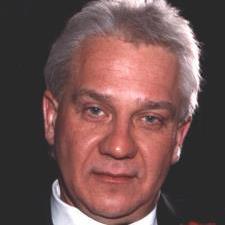To graph the inequalities, let's put them in slope-intercept
form...
3y-x<9..............Eq1, given, prob statement
3y<x+9..........add "x" both sides
∴ y<(1/3)x+3...divide both sides by 3
y+2x<10...........Eq2, given, prob statement
∴ y<-2x+10....subtract "2x" both sides
y≥0...................Eq3, given, prob statement
Note that Eq1,2 are strict inequalities and the lines will be dashed.
To see which side of the line to shade, pick a test point either side
of the line and substitute the coordinates into each original inequality.
If true, then shade that side of line.
Corners of the solution region are determined by rewriting two
inequalities as equalities and solving the equations simultaneously for
"x and y."
The solution region is the intersection of the graphs of the three
inequalities. Refer to the graph at the URL...
https://www.wyzant.com/resources/files/405828/graph_system_of_inequalities

Norbert J. M.
tutor
The problem statement wanted the corners of the solution region identified only. This means simply listing the coordinates in (x,y) form. If brackets are to be used, then it seems you need to identify the domain and range of each equation for which the solution region is valid.
Did the included graph clarify the solution region for you?
Report
11/30/15





Joshua B.
11/30/15